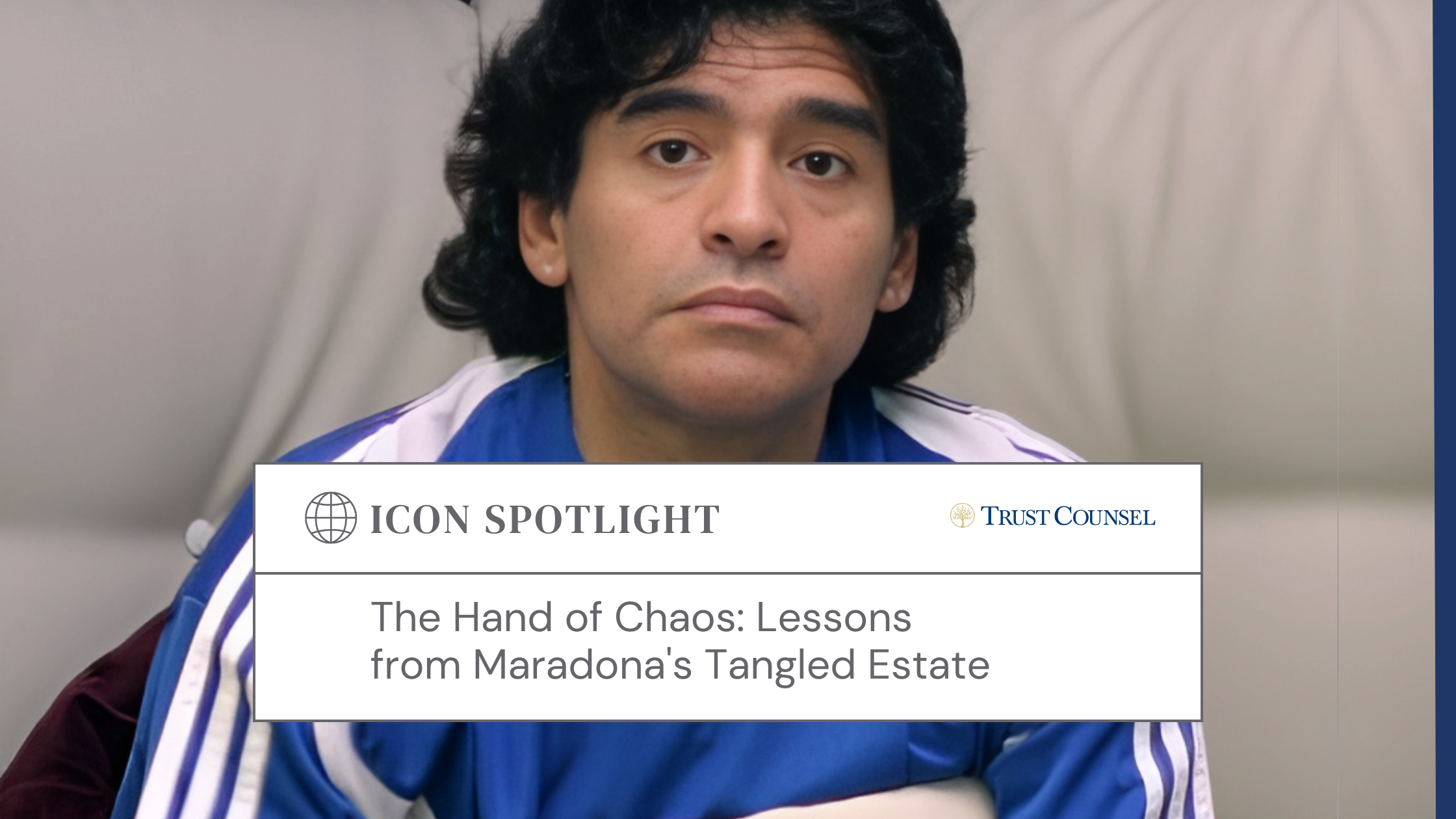International intrigue involving a Greek bronze sculpture, made between 300 and 100 B.C. is the current focus of Italy’s highest court. The court has ordered that a centerpiece of the Getty Villa’s art collection, a prized bronze sculpture more than 2,000 years old, should be returned to Italy, in a ruling that could lead to a trans-Atlantic transfer or a diplomatic standoff.
The statue, named “Victorious Youth” but often referred to as the Getty Bronze, is on display in Los Angeles at the J. Paul Getty Museum. The Getty Bronze was retrieved from Adriatic waters by Italian fishermen in 1964. After a decade-long legal battle, Italy’s Court of Cassation ruled Monday that the statue should be confiscated and brought back to Italy, rejecting the Getty Museum’s appeal.
The sculpture, which is of a young man, may have been part of the crowd of sculptures of victorious athletes at Panhellenic Greek sanctuaries like Delphi and Olympia. His right hand reaches to touch the winner’s olive wreath on his head. The powerful head has led viewers to see it as a portrait. The head was cast separately from the lithe body. The athlete’s eyes were once inlaid, probably with bone, and his nipples are in contrasting copper.
Yet its fate, one of the finest original bronzes from the Classical era and likely fashioned in ancient Greece and lost at sea after being stolen by the Romans, is still unclear. The Getty Museum has long argued that the statue was probably created outside Italy and was discovered in international waters after thousands of years, so it is not an Italian object subject to repatriation. Italian officials, who say the statue was found in Italian territorial waters, have said that if the country’s high court decided in their favor, that they planned to ask the United States Justice Department to enforce the ruling by seizing the statue. That would be likely to lead to another court battle in the United States. Italian officials have argued that the statue, which was sold several times after its discovery, was subsequently smuggled out of Italy illegally, without a required export license, and hidden at various points in a bathtub and in a convent. The Getty Trust, the museum’s foundation, purchased it from an antiques dealer in Germany in 1977 for $3.95 million.
In recent years, museums in the United States have surrendered antiquities to numerous countries after determining that the objects had been illicitly acquired. Those restitution’s were necessary: no museum should retain a work that was stolen or transferred in violation of international law or treaty obligations. Due diligence in acquiring an antiquity requires, at a minimum, documentation of where it was discovered in modern times and its subsequent movements across national borders. But in 1968, Italy’s highest court, the Court of Cassation, ruled that there was no evidence that the statue belonged to the Italian state. Although the fishermen took the statue onto Italian soil, the court did not find that its brief presence in Italy transformed the sculpture into a component of Italian cultural heritage. In 1989, Italy requested that the Getty give up the statue and the Getty declined. In 2006, as part of negotiations that resulted in the transfer of 40 antiquities from the Getty Museum to Italy, Italy again asked for the bronze. The Getty Museum again declined, and years of litigation ensued.
Last week, responding to an appeal by the Getty Museum, Italy’s Court of Cassation decided (without a published ruling explaining its reasoning) that the museum must forfeit the bronze. Under principles of international law, illegal export is not, absent a treaty provision to the contrary, actionable in the courts of another country. Since 2001, Italy and the United States have had such an agreement but it does not apply retroactively. The Getty Museum believes it should not give up the statue. In acquiring the bronze, the Getty relied on a decision of Italy’s highest court and acted in good faith.
Unless Italy provides compelling new evidence, the best future for this victorious youth is to remain in the only permanent home he has known since his discovery 54 years ago — in Los Angeles, at the Getty.




